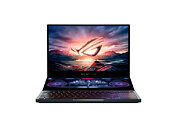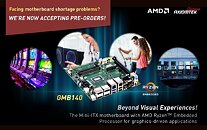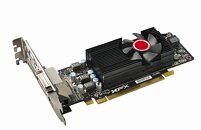Graphics add-in board market reached $13.7 billion for Q3'21 showing double-digit growth year-2-year
According to a new research report from the analyst firm Jon Peddie Research, unit shipments of add-in boards increased in Q3'21 from last year. AMD saw a one-percent increase in market share while Nvidia remained the dominant market share leader with 78.2%. Year over year, total AIB shipments increased by 25.7% this quarter compared to last year at 12.7 million units, and up quarter-to-quarter from 11.47 million units in Q2'21.
Add-in boards (AIBs) use discrete GPUs (dGPU) with dedicated memory. Desktop PCs, workstations, servers, rendering and mining farms, and scientific instruments use AIBs. Consumers and enterprises buy AIBs from resellers or OEMs. They can be part of a new system or installed as an upgrade to an existing system. Systems with AIBs represent the higher end of the graphics industry. Entry-level systems use integrated GPUs (iGPU) in CPUs that share slower system memory.
Add-in boards (AIBs) use discrete GPUs (dGPU) with dedicated memory. Desktop PCs, workstations, servers, rendering and mining farms, and scientific instruments use AIBs. Consumers and enterprises buy AIBs from resellers or OEMs. They can be part of a new system or installed as an upgrade to an existing system. Systems with AIBs represent the higher end of the graphics industry. Entry-level systems use integrated GPUs (iGPU) in CPUs that share slower system memory.








































